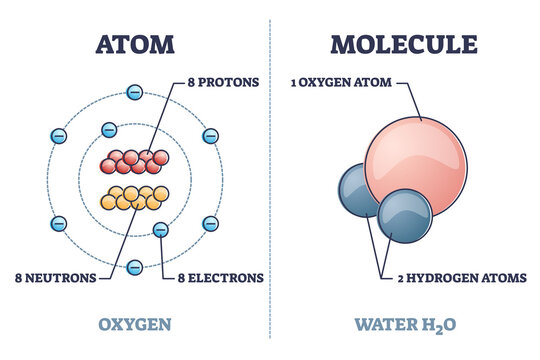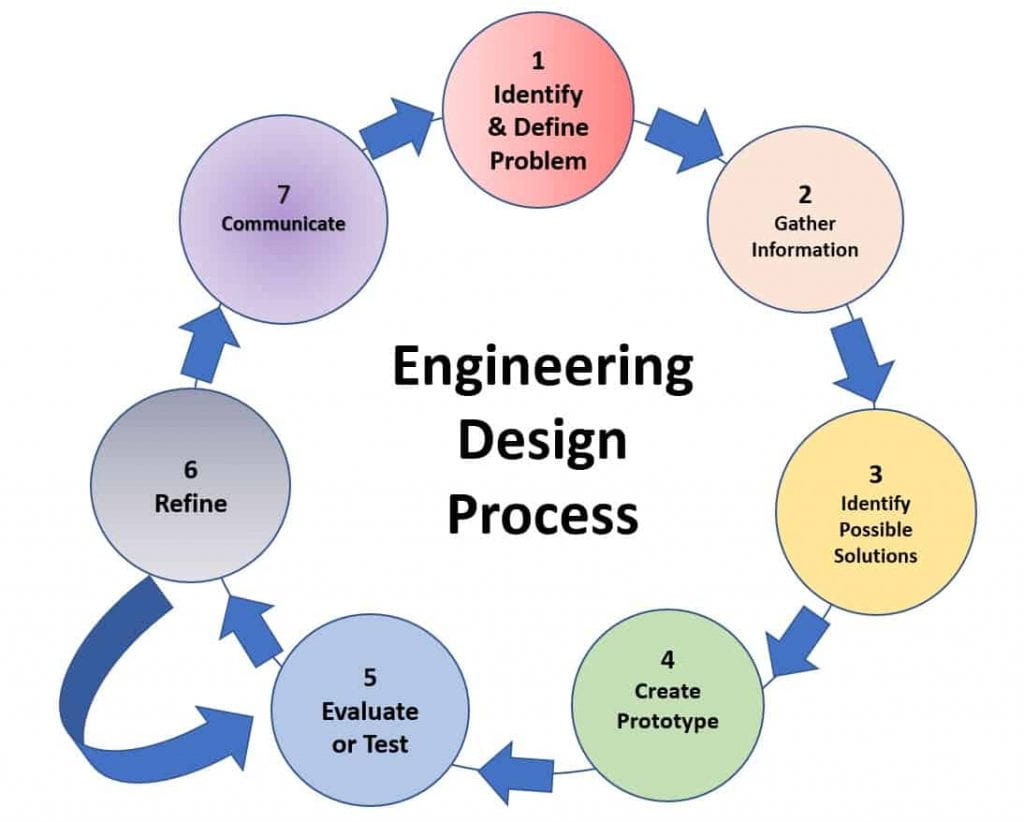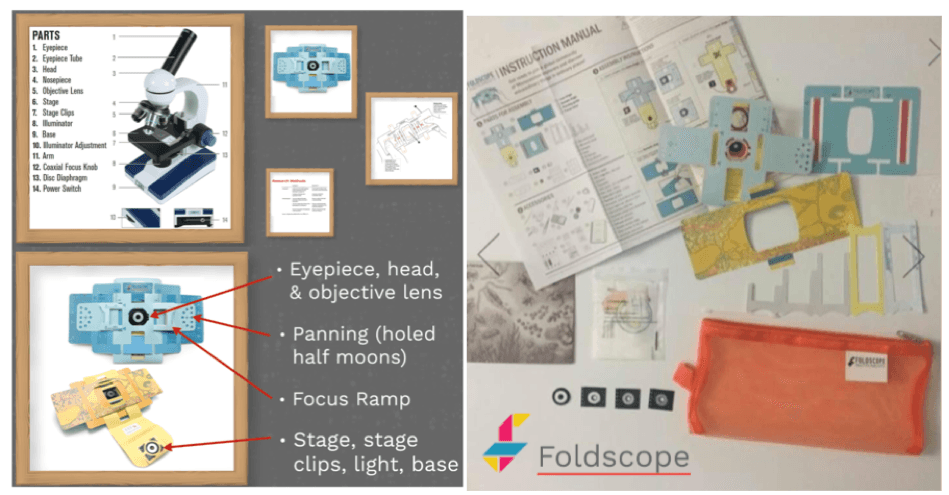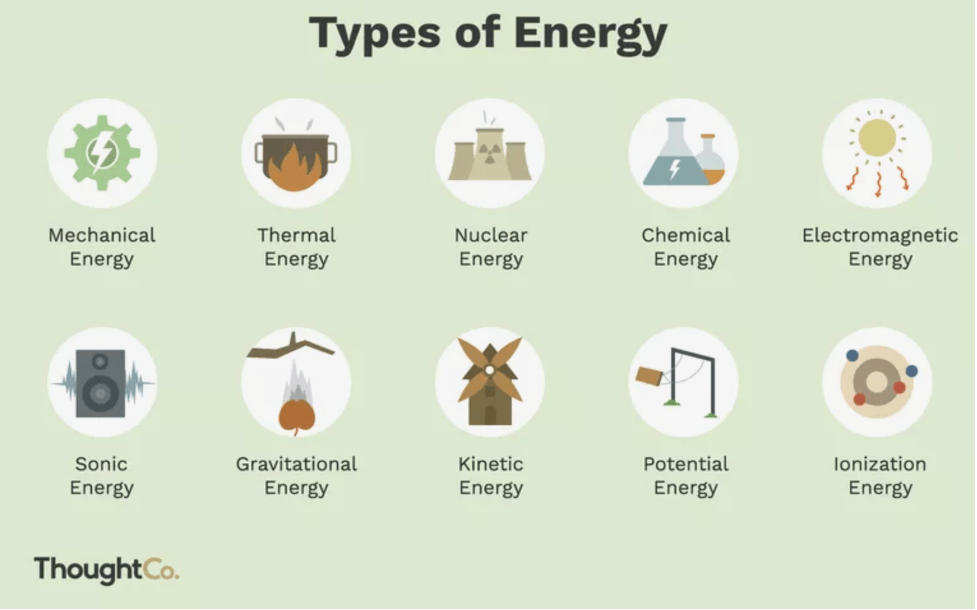By: Meghan Thoreau, OSU Extension Educator
 Scioto Valley Beekeepers visited STEM Club this month. The Scioto Valley Beekeepers are active and dedicated to assisting current and future beekeepers in Pickaway County and the surrounding areas in Ohio. Their mission is “to promote public awareness of the benefits, necessity, and value of the honeybee throughout human existence.” If you would like to learn more about this organization or become more involved please visit their website or attend one of their monthly meetings.
Scioto Valley Beekeepers visited STEM Club this month. The Scioto Valley Beekeepers are active and dedicated to assisting current and future beekeepers in Pickaway County and the surrounding areas in Ohio. Their mission is “to promote public awareness of the benefits, necessity, and value of the honeybee throughout human existence.” If you would like to learn more about this organization or become more involved please visit their website or attend one of their monthly meetings.
The Benefits of Bees
Bees provide essential pollination services to millions of acres of crops, improving sustainability and biodiversity. Bees are critically important to agriculture. At least a third of the human food supply from crops and plants depends on insect pollination, which is mostly done by bees! They also contribute to the complex, interconnected ecosystems that allow a diverse number of different species to co-exist. (1)
Many of our scientific and engineering projects have been inspired by bees, such as the use of hexagons in engineering. The study of bees (particularly honey bees) continues to produce an enormous amount of scientific research and these insects have become one of the most studied creatures after humans. (2)
They have also generated an array of philosophical and poetic ideas. In ancient times, bees and honey played major roles and were symbolic of ancient Greek culture. Bees have been frequently connected with ideals of knowledge, health, and power. The ancient Greeks considered bees servants of the gods and their honey was worshipped for its healing qualities and power. Artisans represented bees in jewelry, money, and statues of goddesses. (3)
Bees have much to teach humans about cooperation and industriousness.

Bee Society
An average beehive is about two square feet (or 22 inches by 16 inches), with at least a five-foot buffer around the hive for in- and outbound bee traffic. In many ways, honey bees create a well-organized mini-society in a box. Honey bees, in particular, are very social insects that have evolved into a highly cooperative or collective existence. A hive is fiercely united around the “all-for-one and one-for-all” slogan as their workforce sets out to do a variety of complex tasks that are decided by the communal collective groups that are acted on instinctually. (4)
Honey bees communicate with each other through movement and odor. They send sophisticated messages about which duties to shift to, potential dangers, intruder alerts, locations of food sources, new hive sites, and a variety of other things. (5)

With ultraviolet visions, bees see targets on flowers where the pollen and nectar are located.
Bees can see both visible and ultraviolet light and have precise olfactory receptors. They can also detect electric fields. Flowers have a slight negative charge relative to the air around them. When bumblebees are flying through the air the friction between the air and their bee bodies causes them to become positively charged, and the students learned threw our program that two electrical charges of opposite polarity attract – chemistry in motion. (6)

Infographic by Fuse Consulting Ltd.
Each colony has only one queen at a time, whose primary function is reproduction. She only mates once in her lifetime shortly after she emerges from her egg and kills her other sister queens. She leaves the hive seeking out a cloud of drone bees from another colony. When she returns to her hive, she starts laying 1,500-2,000 eggs per day, selectively fertilizing or not fertilizing the eggs in accordance with how her worker bees are collectively directing her to do. The worker bees engineer and manage each opening of their comb. A queen lives two to three years (sometimes five years) and will produce up to 250,000 eggs per year and possibly lay more than a million eggs in her lifetime.
Drone bees represent five percent of the colony’s bee population and are only present during the late spring and early summer months. The queen may have a longer abdomen for storing the sperm, but a drone is larger overall than the queen and female worker bees. Drones also do not have stingers, pollen baskets, or wax glands, because their main purpose for their colony is to fertilize a virgin queen from a neighboring colony. They die instantly upon mating. While alive drones rely solely on food gathered and processed by the workers’ groups. Drones stay in the hive for the first eight days of life and eat three times more than their sister workers. Day 9 they start leaving the hive from noon to 4:00 p.m. taking orientation flights to acquaint themselves with the surrounding territory for mating purposes. When the weather cools and food becomes scarce the surviving drones are forced out of their hive to starve. (The only exception to this ousting is if the colony is queenless.)

Workers may be the smallest in body size, but they are some of the busiest bees in the group and make up 94 percent of the colony’s population. When compared to their queen they are sexually undeveloped females who under normal hive conditions do not lay eggs (and under a queenless condition lay unfertilized eggs.) Workers have specialized anatomy such as the addition of brood food glands, scent glands, wax glands, and pollen baskets, which allow them to perform all the laborious duties the hive requires. They also clean cells, feed the brood, care for the queen, remove debris and dead bees, handle incoming nectar, engineer beeswax combs, guard the entrance, and air-condition and ventilate the hive during their first few weeks as adults. Works then advance to field duties where they forage for nectar, pollen, water, and propolis (plant sap). (7, 8, 9)
Bee Body Parts and Anatomy

Infographic source: https://awkwardbotany.com/2015/03/14/year-of-pollination-the-anatomy-of-a-bee/

Infographic source: https://beeprofessor.com/anatomy-of-a-honey-bee-beginners-guide/

The Power of Pollinators
#BeeTheSolution
1. Plant a Bee Garden
![]() One of the largest threats to bees is a lack of safe habitat where they can build homes and find a variety of nutritious food sources. By planting a bee garden, you can create a safe haven for bees with pollen- and nectar-rich flowers by planting a range of shapes, sizes, colors, and bloom times. You don’t need a ton of space to grow bee-friendly plants — gardens can be established across yards and in window boxes, flower pots, and mixed into vegetable gardens. Seek out locally native plants as often as possible as many bee species have coevolved to feed exclusively on native flowers and need them to survive.
One of the largest threats to bees is a lack of safe habitat where they can build homes and find a variety of nutritious food sources. By planting a bee garden, you can create a safe haven for bees with pollen- and nectar-rich flowers by planting a range of shapes, sizes, colors, and bloom times. You don’t need a ton of space to grow bee-friendly plants — gardens can be established across yards and in window boxes, flower pots, and mixed into vegetable gardens. Seek out locally native plants as often as possible as many bee species have coevolved to feed exclusively on native flowers and need them to survive.
2. Go Chemical-Free for Bees
![]() Regardless of which flowers you plant, avoid using pesticides and herbicides. Synthetic pesticides, fertilizers, herbicides, and neonicotinoids are harmful to bees, wreaking havoc on their sensitive systems. A garden can thrive without these harmful chemicals — in fact, one goal of a bee-friendly garden is to build a sustainable ecosystem that keeps itself in check by fostering beneficial populations. If you must use a pesticide, choose a targeted organic product, and always avoid applying pesticides when flowers are blooming or directly to the soil.
Regardless of which flowers you plant, avoid using pesticides and herbicides. Synthetic pesticides, fertilizers, herbicides, and neonicotinoids are harmful to bees, wreaking havoc on their sensitive systems. A garden can thrive without these harmful chemicals — in fact, one goal of a bee-friendly garden is to build a sustainable ecosystem that keeps itself in check by fostering beneficial populations. If you must use a pesticide, choose a targeted organic product, and always avoid applying pesticides when flowers are blooming or directly to the soil.
3. Become a Community Scientist
![]() Join a global movement to collect data on our favorite pollinators! Community science transforms the passion and interest of regular people into data-driven activities that support scientific research. By participating in a community science project, you can provide important insights and local knowledge, which can lead to more relevant and useful research outcomes. Join our “A Bee Or Not a Bee” iNaturalist project, which invites you to document and upload species on iNaturalist, collaborating with naturalists around the world to determine whether the insect buzzing by is a bee, wasp, fly, or other common bee doppelgängers.
Join a global movement to collect data on our favorite pollinators! Community science transforms the passion and interest of regular people into data-driven activities that support scientific research. By participating in a community science project, you can provide important insights and local knowledge, which can lead to more relevant and useful research outcomes. Join our “A Bee Or Not a Bee” iNaturalist project, which invites you to document and upload species on iNaturalist, collaborating with naturalists around the world to determine whether the insect buzzing by is a bee, wasp, fly, or other common bee doppelgängers.
4. Provide Trees for Bees
![]() Did you know that bees get most of their nectar from trees? When a tree blooms, it provides hundreds — if not thousands — of blossoms to feed from. Trees are not only a great food source for bees but also an essential habitat. Tree leaves and resin provide nesting material for bees, while natural wood cavities make excellent shelters. Native trees such as maples, redbuds, and black cherry all attract and support bees. You can help bolster bee food sources and habitats by caring for and planting trees. Trees are also great at sequestering carbon, managing our watersheds, and cooling air temperatures.
Did you know that bees get most of their nectar from trees? When a tree blooms, it provides hundreds — if not thousands — of blossoms to feed from. Trees are not only a great food source for bees but also an essential habitat. Tree leaves and resin provide nesting material for bees, while natural wood cavities make excellent shelters. Native trees such as maples, redbuds, and black cherry all attract and support bees. You can help bolster bee food sources and habitats by caring for and planting trees. Trees are also great at sequestering carbon, managing our watersheds, and cooling air temperatures.
5. Create a Bee Bath
![]() Bees work up quite a thirst foraging and collecting nectar. Fill a shallow bird bath or bowl with clean water, and arrange pebbles and stones inside so that they break the water’s surface. Bees will land on the stones and pebbles to take a long, refreshing drink.
Bees work up quite a thirst foraging and collecting nectar. Fill a shallow bird bath or bowl with clean water, and arrange pebbles and stones inside so that they break the water’s surface. Bees will land on the stones and pebbles to take a long, refreshing drink.
6. Protect Ground Nesting Bees
![]() Did you know that 70% of the world’s 20,000 bees — including bumblebees — live underground? There, they build nests and house their young, who overwinter and emerge each spring. Ground nesting bees need bare, mulch-free, well-drained, protected soil in a sunny area to create and access their nests. Leave an untouched section for ground-nesting bees in your garden!
Did you know that 70% of the world’s 20,000 bees — including bumblebees — live underground? There, they build nests and house their young, who overwinter and emerge each spring. Ground nesting bees need bare, mulch-free, well-drained, protected soil in a sunny area to create and access their nests. Leave an untouched section for ground-nesting bees in your garden!
7. Leave Stems Behind
 30% of bees live: in holes inside trees, logs, or hollow plant stems. Don’t cut those hollow stems, which are valuable bee habitats. A hollow stem may not seem like prime real estate to us, but to Mason and other bees, it’s a cozy home in which they may overwinter. Wait until the spring to cut back dead flower stalks, leaving stems 8 to 24 inches high to provide homes for cavity-nesting bees.
30% of bees live: in holes inside trees, logs, or hollow plant stems. Don’t cut those hollow stems, which are valuable bee habitats. A hollow stem may not seem like prime real estate to us, but to Mason and other bees, it’s a cozy home in which they may overwinter. Wait until the spring to cut back dead flower stalks, leaving stems 8 to 24 inches high to provide homes for cavity-nesting bees.
8. Teach Tomorrow’s Bee Stewards
![]() Inspire the next generation of eco citizens with guides, lessons, and activities to get them buzzed about bees! Educators can use our collection of free resources to bring nature and ecology into the classroom — and the hearts of children everywhere.
Inspire the next generation of eco citizens with guides, lessons, and activities to get them buzzed about bees! Educators can use our collection of free resources to bring nature and ecology into the classroom — and the hearts of children everywhere.
9. Host a Fundraiser
 Peer-to-Peer fundraising is a fantastic way to spread the mission of The Bee Conservancy and empower your community to help raise money for our impactful programs. With the help of tools from Fundraise Up, you can share your personal fundraising page on social media and with friends and family. It’s an easy, fun way to make a serious impact. Start your own fundraiser today!
Peer-to-Peer fundraising is a fantastic way to spread the mission of The Bee Conservancy and empower your community to help raise money for our impactful programs. With the help of tools from Fundraise Up, you can share your personal fundraising page on social media and with friends and family. It’s an easy, fun way to make a serious impact. Start your own fundraiser today!
10. Support Local Beekeepers and Organizations
 Local beekeepers work hard to nurture their bees and the local community. The easiest way to show your appreciation is to buy locally-made honey and beeswax products. Many beekeepers use products from their hives to create soaps, lotions, and beeswax candles. Plus, local honey is not only delicious — it is made from local flora and may help with seasonal allergies! You can also give time, resources, and monetary donations to local beekeeping societies and environmental groups to help their programs grow. (10)
Local beekeepers work hard to nurture their bees and the local community. The easiest way to show your appreciation is to buy locally-made honey and beeswax products. Many beekeepers use products from their hives to create soaps, lotions, and beeswax candles. Plus, local honey is not only delicious — it is made from local flora and may help with seasonal allergies! You can also give time, resources, and monetary donations to local beekeeping societies and environmental groups to help their programs grow. (10)
Ohio Bee Identification Guides
Ohio Bee Identification Guide _ Ohioline















































